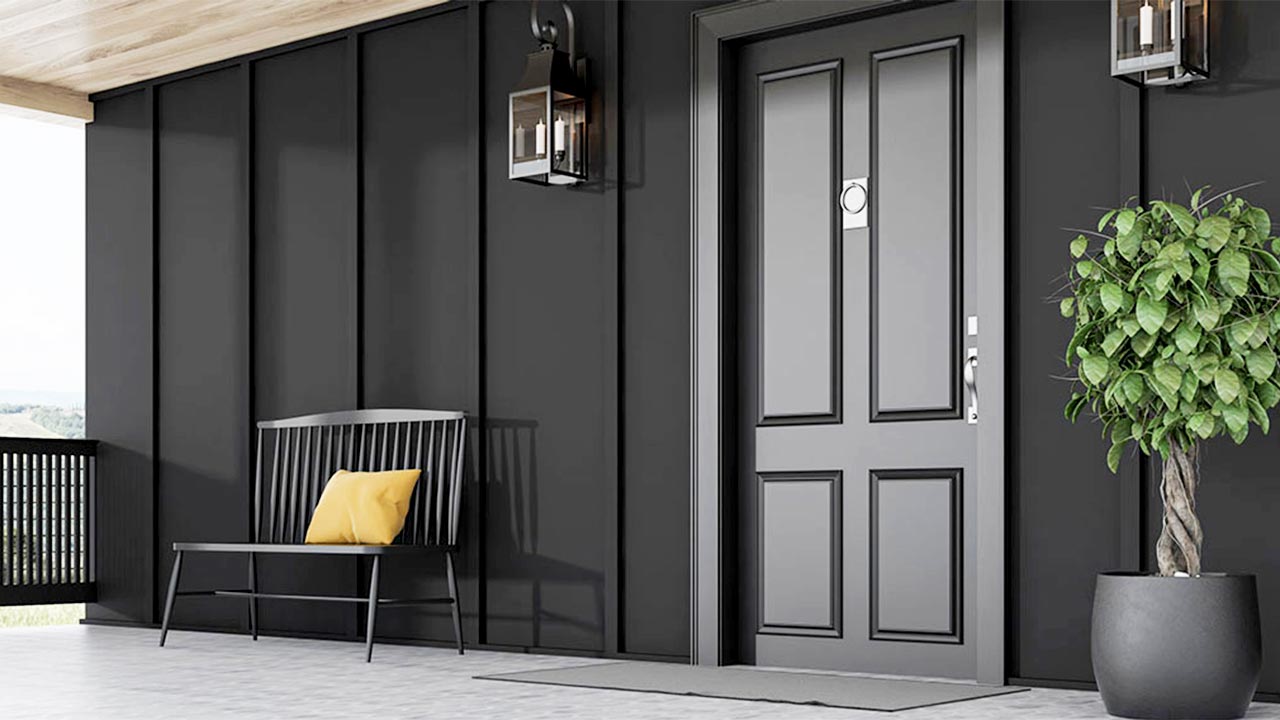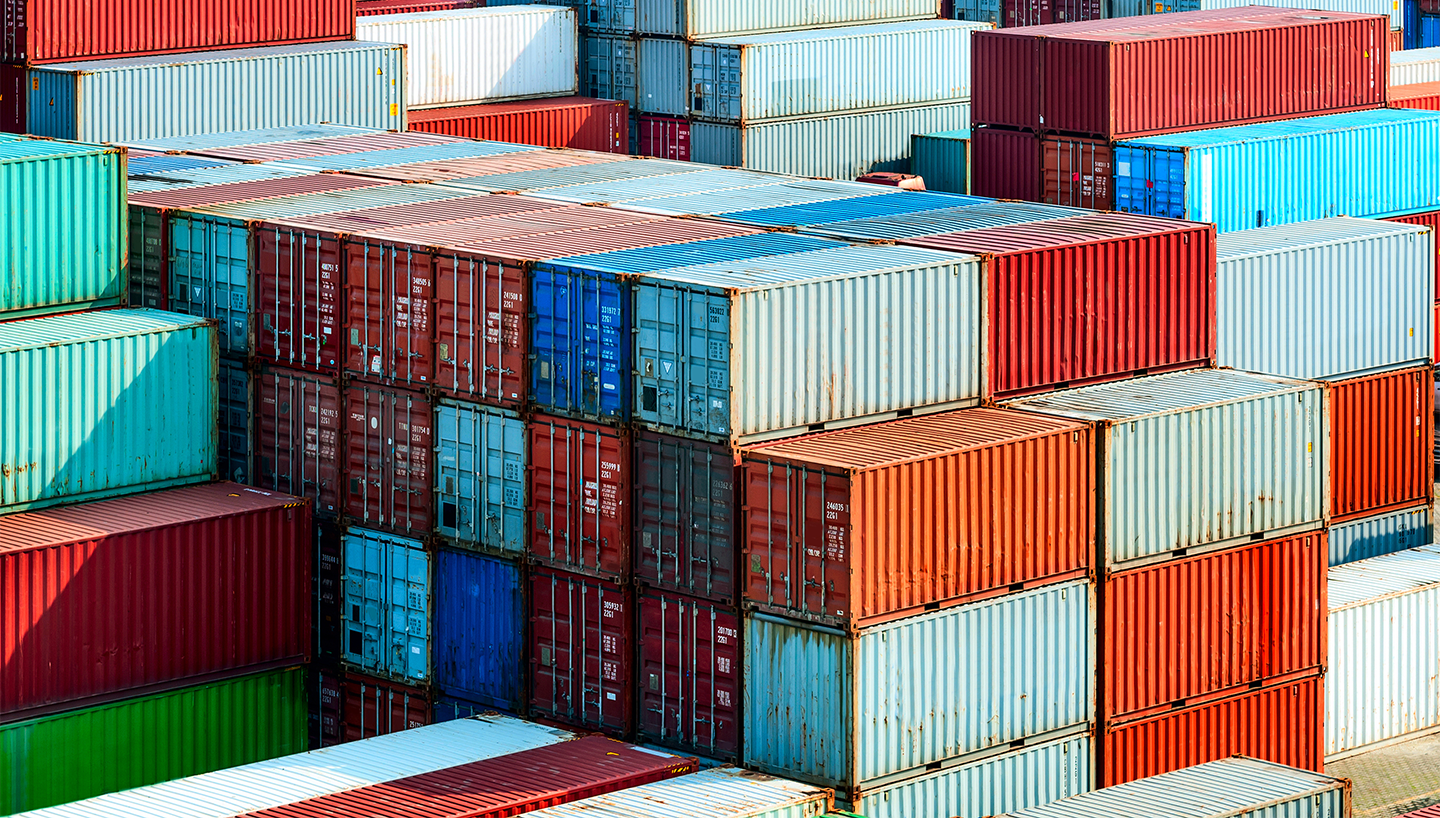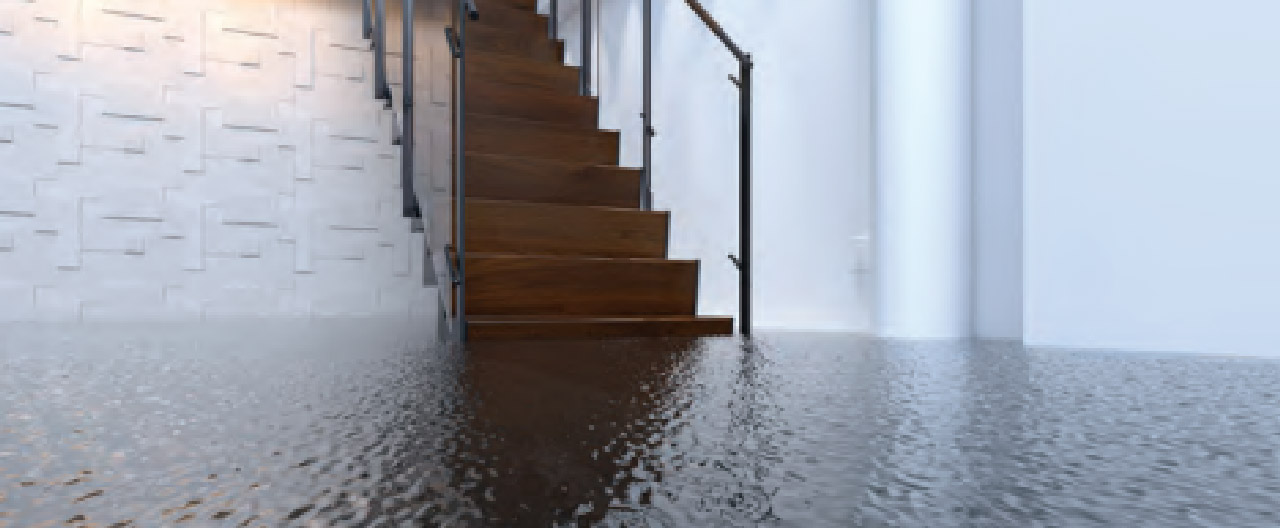Roof leaks, burst pipes, faulty appliances and other plumbing defects are more common, and cause more damage, than you may think.
In fact, Chubb estimates global annual non-weather water damage losses to be around USD 1.2 billion, with a significant increase in claims involving interior water damage evident in the years since 2013, especially within high rise commercial real estate1.
With that in mind, we spoke to Peter McKay, Property & Casualty Risk Engineering Manager in Australia, to understand what this means for building owners/managers, what solutions are available and what you can do to prevent these issues from occurring.
1. Is water damage really that big an issue and what are the root causes?
Water damage can cause significant damage, with losses ranging well into the millions of dollars. In addition to the direct physical damage caused, a significant water leak can result in interruption to your business, relocation costs, and loss of rent as well as potentially negatively impacting the reputation of your business. In other words, the risk and cost to your business, and your bottom line, is very real. As the frequency and cost of losses continue to rise, your business cannot afford to underestimate the risk.
The sources of water in any building are many, but some key factors that contribute to large loss events include:
- Leaky, defective or corroded roofs, domestic water service or drainage plumbing and fittings
- The use of lesser quality materials and/or incorrect installation
- The selection of inappropriate materials
- Defective water proofing
- Inadequate maintenance and inspections
- The absence of, or incorrect use of, water leak detection and shut-off systems.
Any one of these has the potential to result in a costly water damage loss.
2. Can technology help?
The short answer is yes. We believe Internet of Things (IoT) based devices such as water detection sensors, flow sensors, and automatic shut-off devices are becoming an increasing part of the water damage risk mitigation solution. Water leak and shut-off sensor systems are becoming smaller and easier to install, with better capabilities and at lower prices. And, there are more of them available on the market than ever before. They work particularly well as an additional layer of protection to supplement existing water damage mitigation controls. Increasing numbers of building owners and managers are installing these devices as part of a holistic approach to water damage risk management.
The most effective water leak detection technology today includes the following characteristics:
- Sensors that automatically send an alert, with 24 hours a day, 7 days a week monitoring.
- Systems which combine automatic sensing and notification functionality with automatic water shut-off capability.
- The sensitivity to detect low level water leakage so that minor leaks can be detected before they become major problems.
3. Does that mean a water damage mitigation plan is no longer required?
Even buildings with high water quality, new plumbing systems together with formal inspection and preventative maintenance programs can experience water leaks. In addition, whilst the latest water detection technology represents a significant step forward, there are practical considerations associated with deploying the technology. The effectiveness of these systems can depend on the specific technology selected as well as on where and how it was installed, and whether the appropriate maintenance and testing is being performed.
For these reasons, it is still important to put in place a comprehensive water damage mitigation plan that includes:
- identification and evaluation of risks due to equipment, fittings and water services
- development and implementation of plans and technologies to reduce the risk of a leak
- maintenance, inspection and testing of equipment
- detailed plans and procedures for responding to a water leakage incident
- regular review and update of the plan to reflect lessons learned as well as changes in technologies and equipment
At Chubb, we believe the solution to water damage losses is a balance of risk appreciation, risk assessment (including a water damage mitigation plan) and the installation of appropriate water detection technology.
If you need ideas and assistance to protect your bottom line against the very real and costly dilemma of water damage, please reach out to Peter McKay.
Insights and Expertise
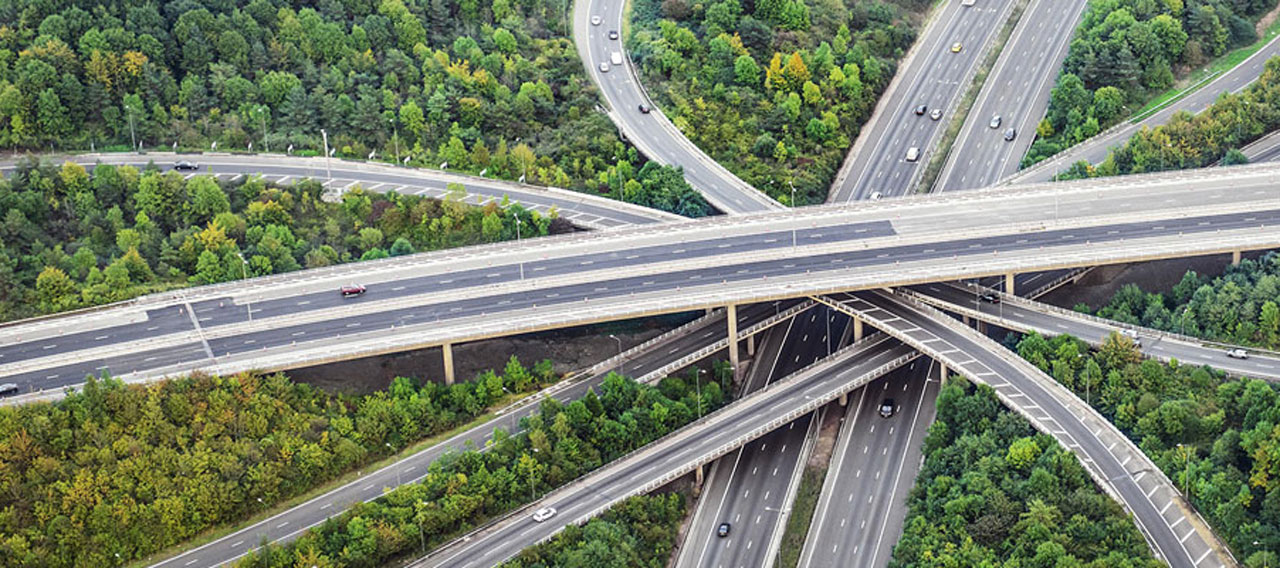
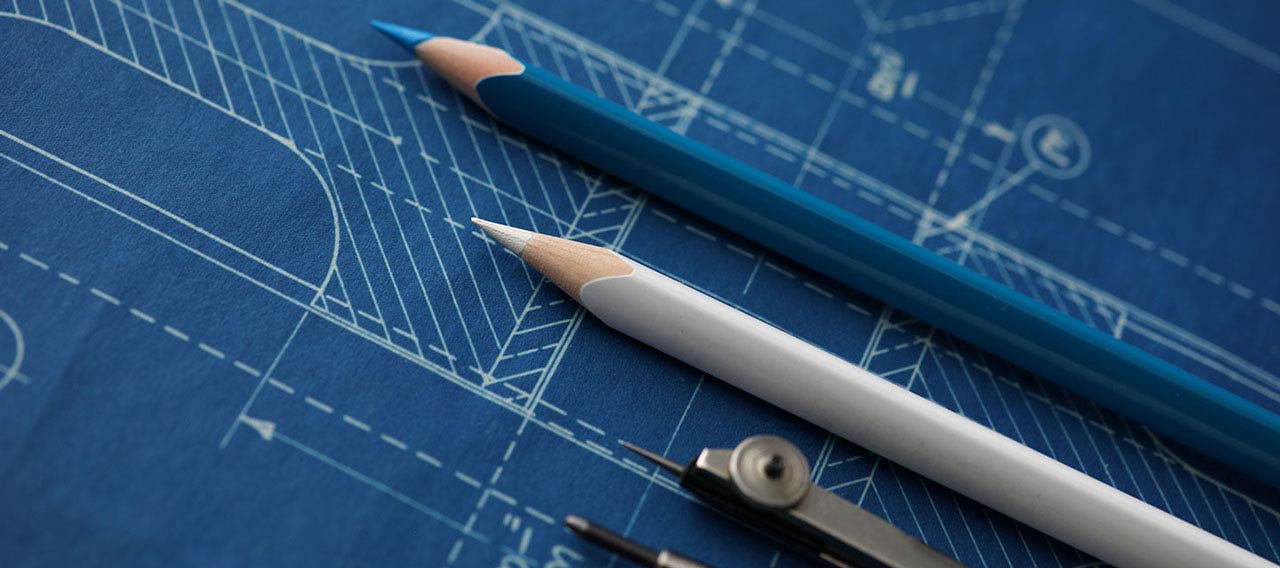
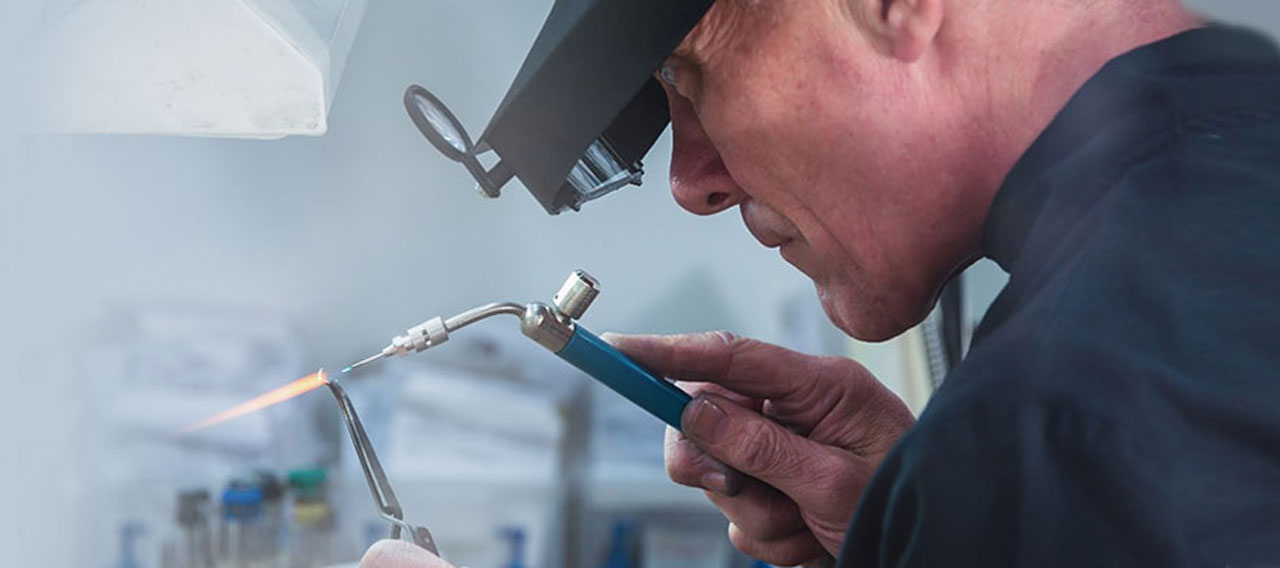



No part of this article may be reproduced in any written, electronic, recording, or printed form without written permission of Chubb.
Disclaimer - All contents of this article are intended for general information/guidance purposes only and not intended to be an offer or solicitation of insurance products or personal advice or a recommendation to any individual or business of any product or service. This article should not be relied on for legal advice or policy coverage and cannot be viewed as a substitute to obtaining proper legal or other professional advice, or for reading the policy documents. You should read the policy documents to determine whether any of the insurance product(s) discussed are right for you or your business, noting different limits, exclusions, terms and conditions apply in each country or territory, and not all cover is available in all countries or territories.

